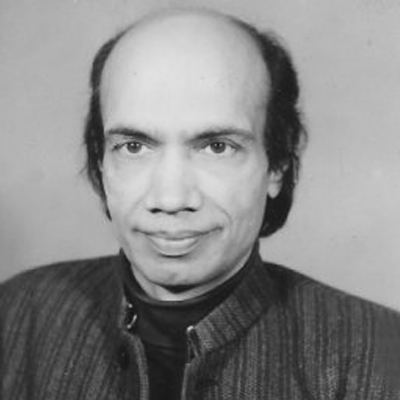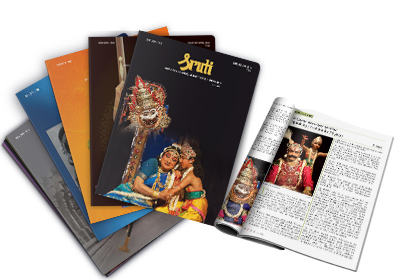
MOHAN KHOKAR
Mohan Khokar, a scholar and historian, was a pioneer in the field of dance writing. He had in-depth knowledge of all the Indian classical and folk forms. Born on 30th December 1924 in Quetta,capital of Baluchistan province, now in Pakistan, Mohan Khokar was a keen documenter and photographer of dance. His father, Sardar Bhagat Ram Khokar, was the Commissioner of Defence, then posted in Quetta.
After witnessing a dance concert by Uday Shankar and troupe in Lahore, Mohan Khokar was inspired to learn Bharatanatyam and came to Kalakshetra, Chennai, to become the first male from the North to become a student there. He was mentored by Rukmini Devi Arundale and S Sarada, who inculcated love of books and research in him. Khokar was one of the few writers to write in-depth articles on dance and document dance as photographs in those days. His collection remains a great resource in dance for researchers today
At 20, Khokar was writing for national magazines and journals and as he took his own pictures he was in demand. Soon, many prestigious magazines and papers like Free Press, The Illustrated Weekly of India, Pushpanjali and Marg sought his contributions and the bulk of dance writing from the 1950s to the 80s was done by him
In 1949, he married MK Saroja, a Bharatanatyam dancer of repute, and in 1950, they moved to Baroda, where he was appointed in the dance department of MS Baroda University. He stayed there for 12 years, becoming the head of the department at the young age of 24. He helped old masters and musicians to be gainfully employed as regular staff and they retired as government staff with full benefits.
The Education Ministry in Delhi offered him the position of Special officer for Dance. He served for 18 years at the Sangeet Natak Akademi. During his tenure, he built the reputation of being a respected scholar whose honesty was widely respected. His star dancer wife was not promoted during his tenure and only received an award from the government fifteen years after he left service. His photographs are celebrated in the artistic community; his forte was taking photographs which were not posed. The Indian Postal Department used his photographs for the release of postage stamps of six classical dance forms as did the UNESCO for a bibliography of Indian dance. When the Stockholm Dance Museum was set up, the museum asked Mohan Khokar to provide photographs.
Mohan Khokar was awarded an Emeritus Fellowship from the Department of Culture to continue his research work and he used the time to write in various specialized journals like Sruti and The Statesman. He wrote five definitive books which are out of print.
The Mohan Khokar Dance Collection of India maintained by his son Ashish Khokar is an invaluable archive of all his contributions over the years. It contains thousands of photographs, press clips, books, manuscripts and more.


